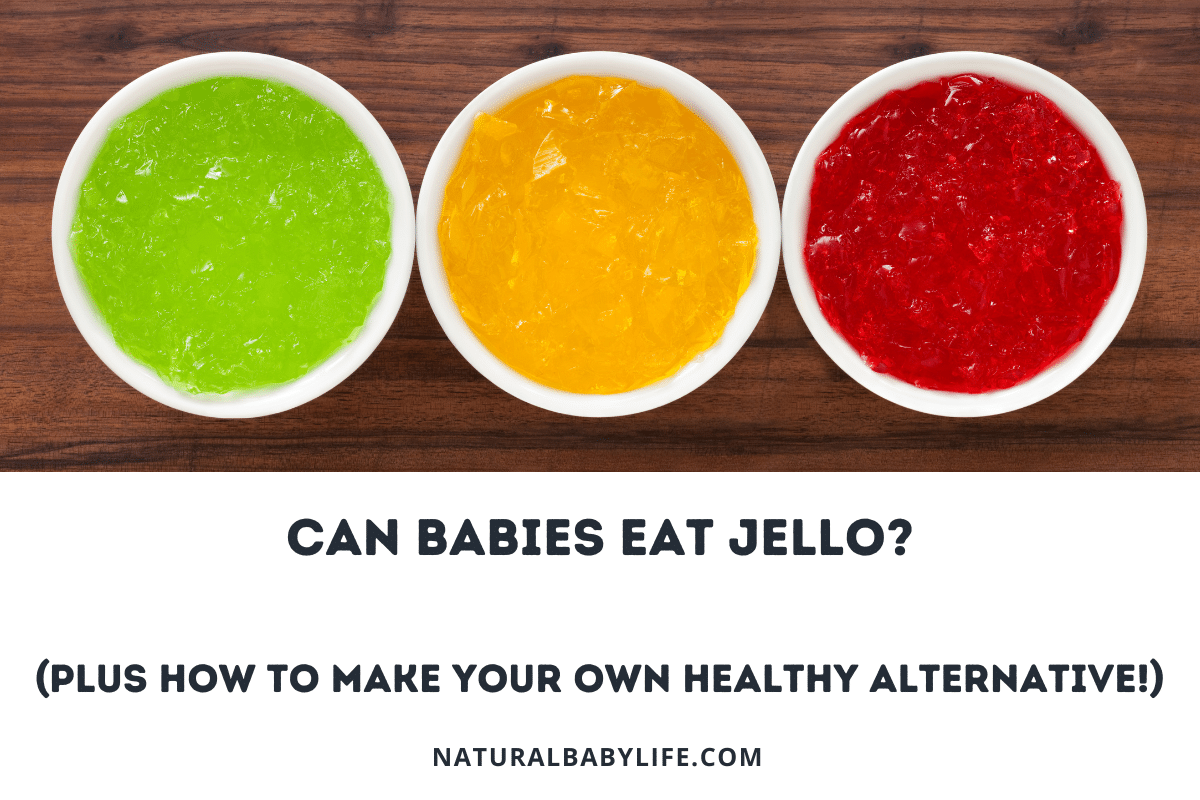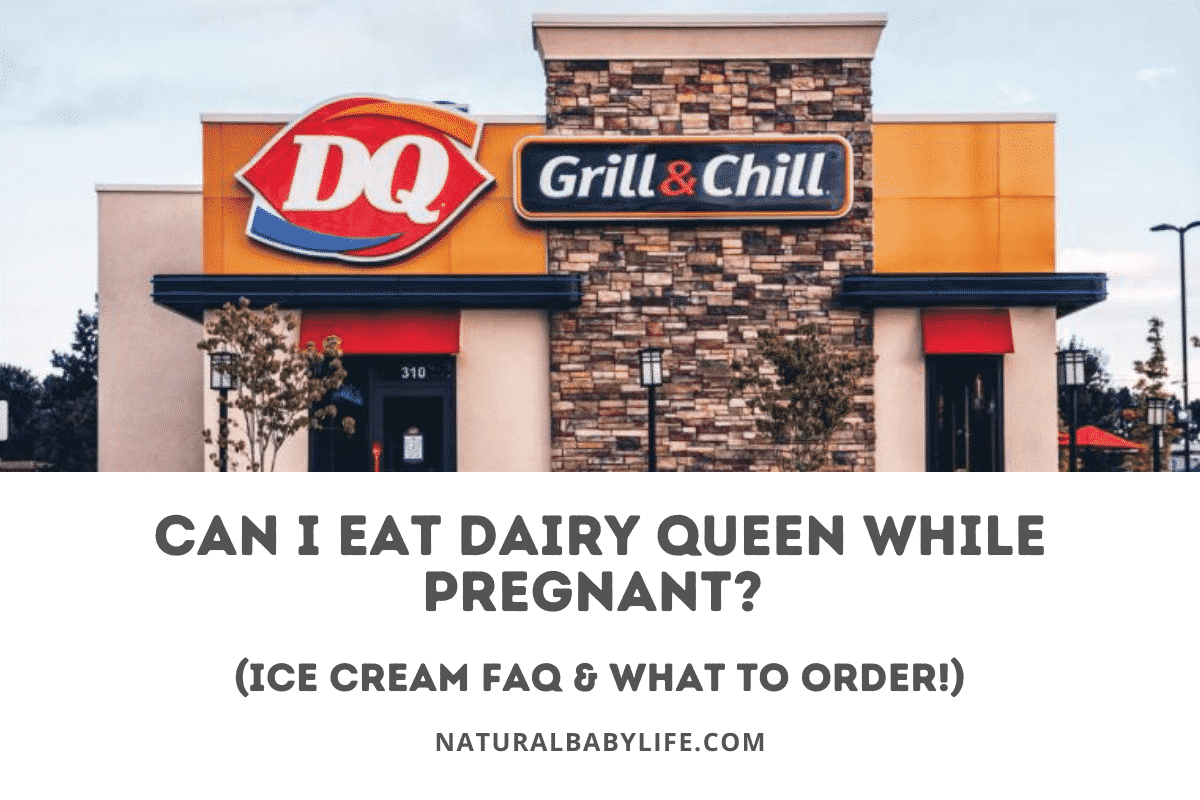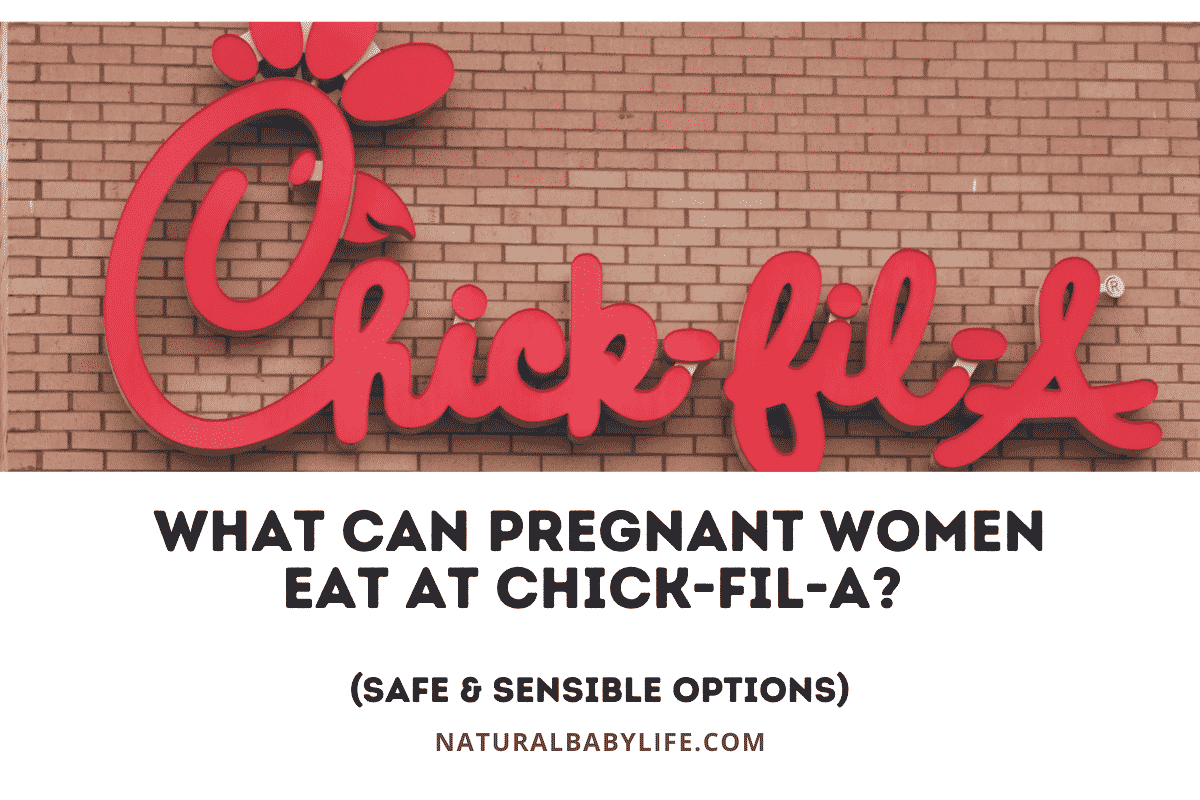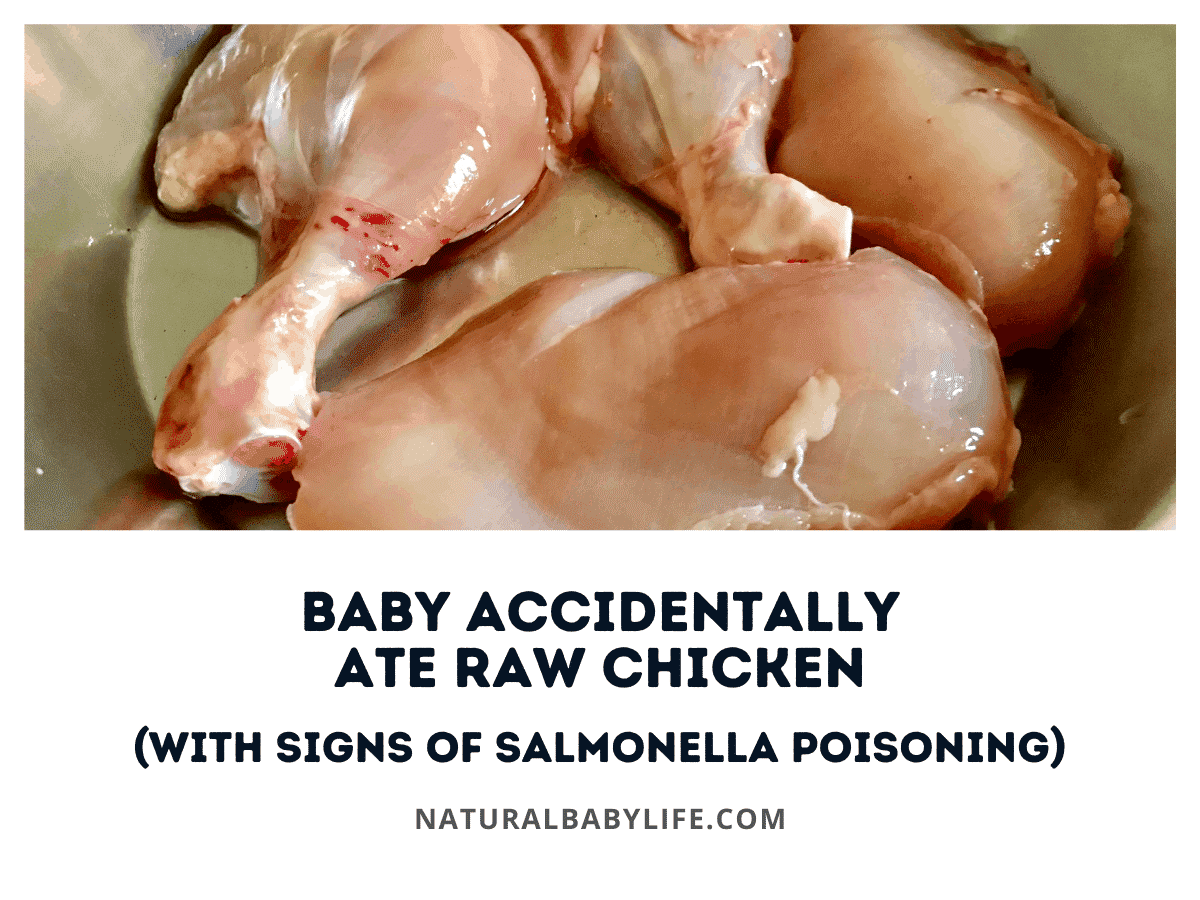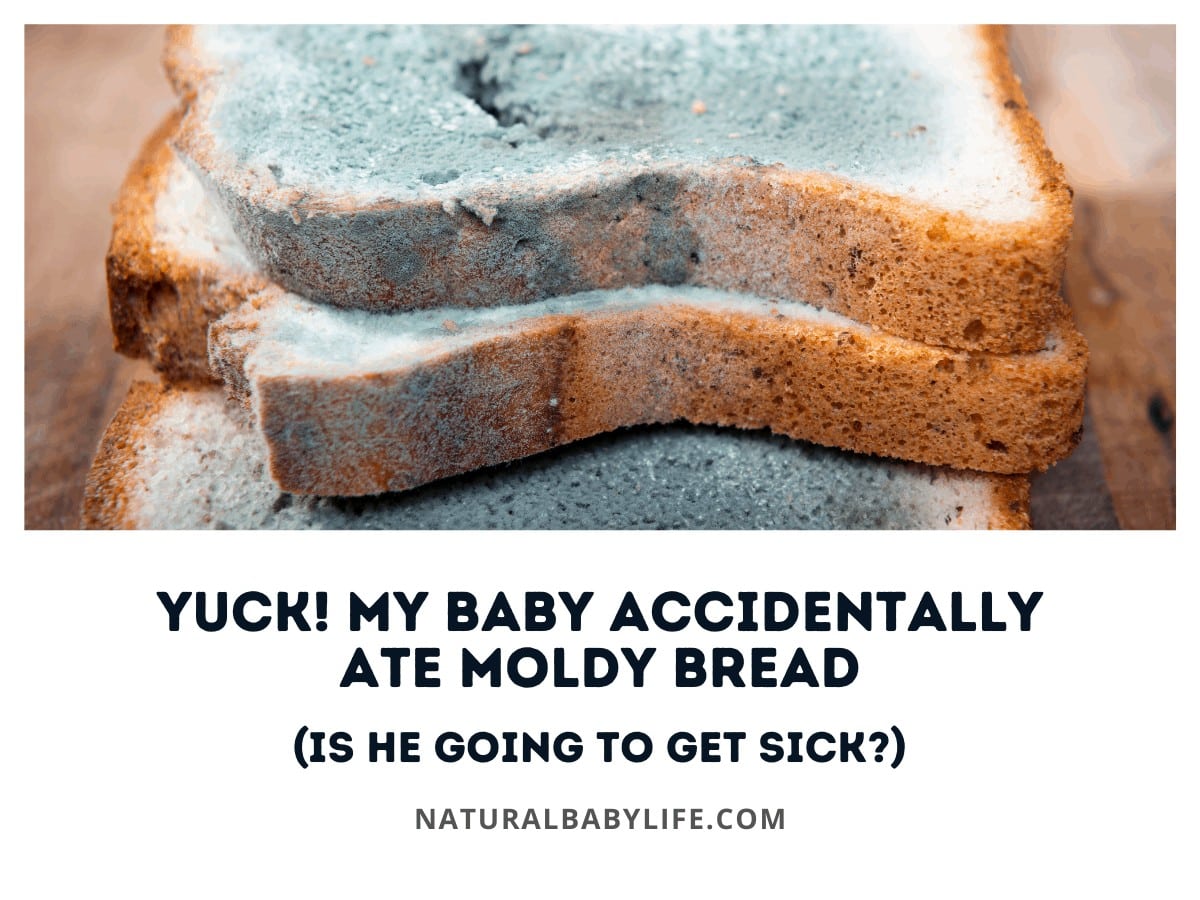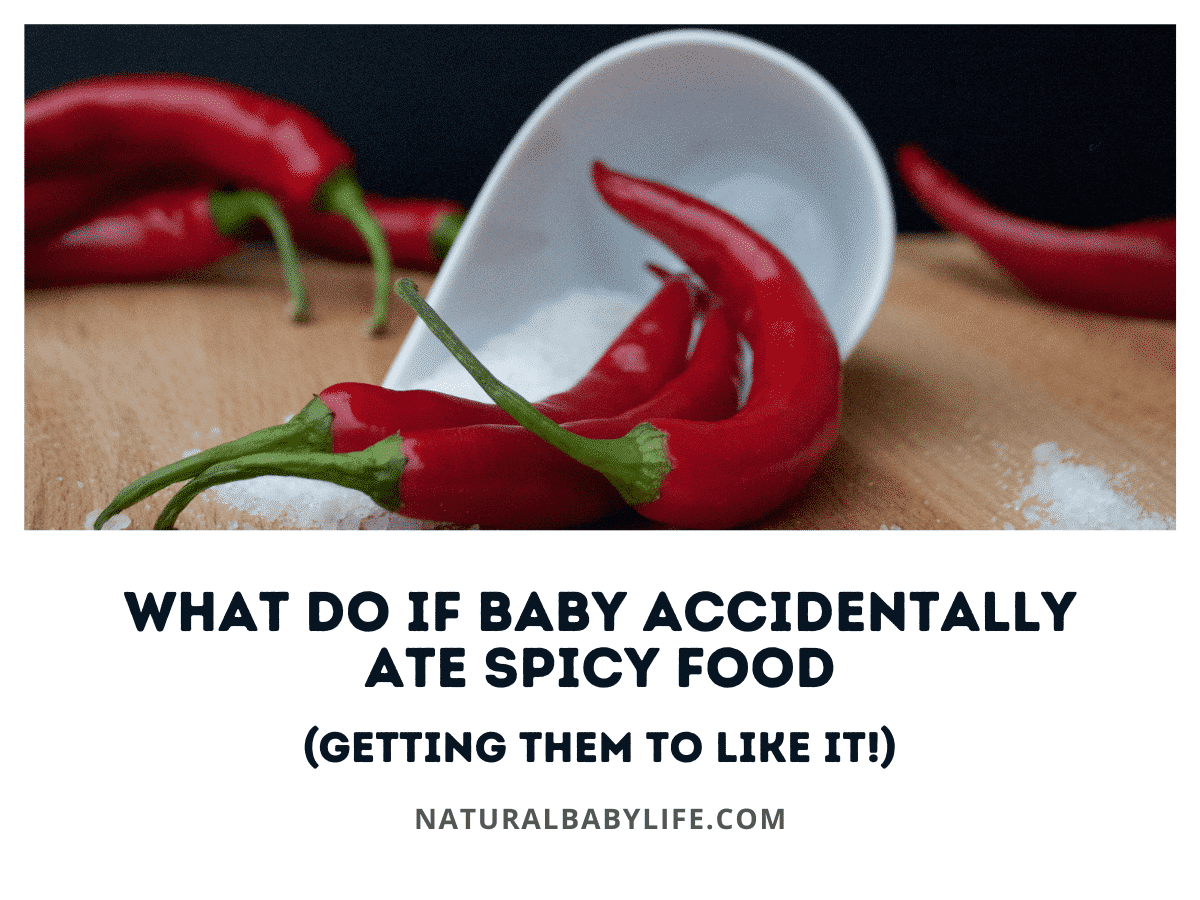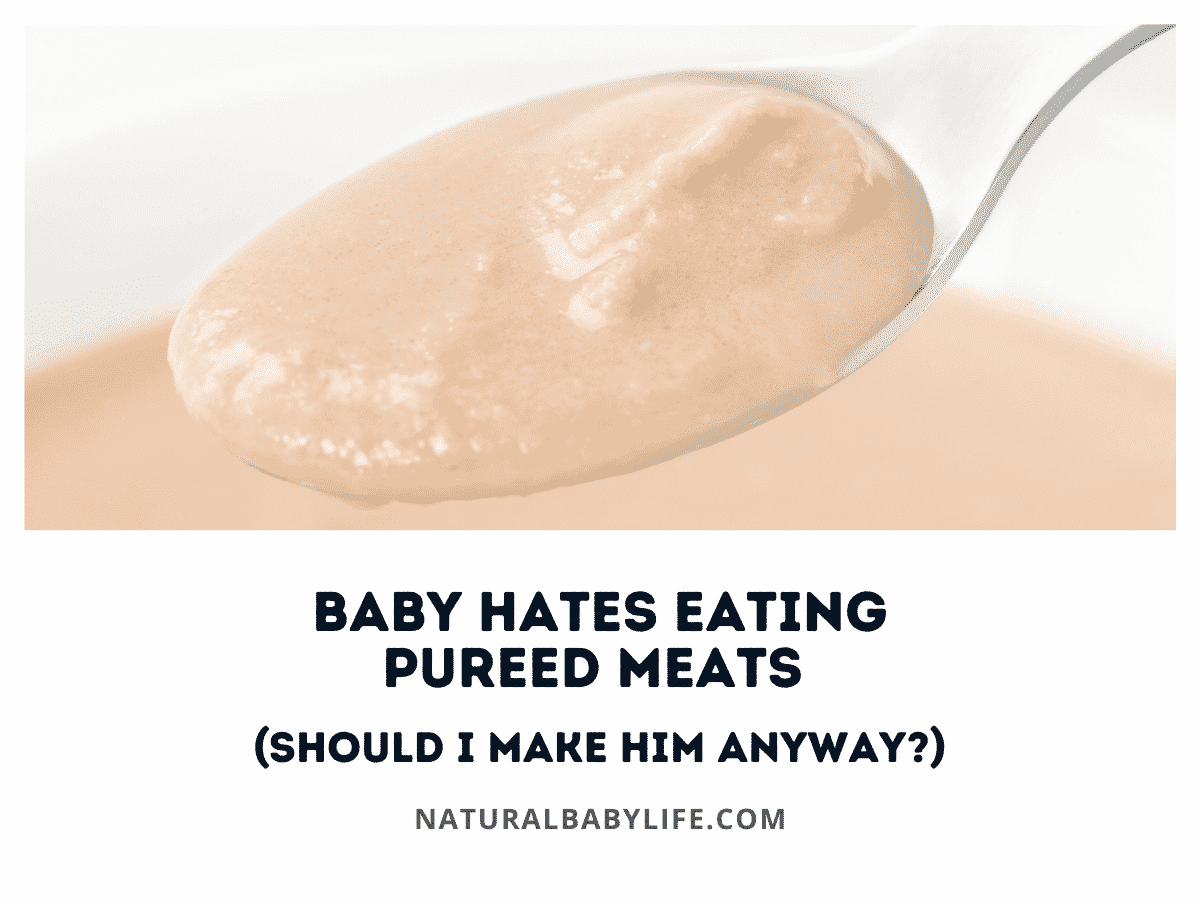As your baby grows and begins to eat solid foods, letting your baby try new things can be a fun experience for both of you. Jello is a snack that seems to provide a fun sensory experience as well as a yummy taste due to its jiggly properties and fun colors. But you may have wondered, can babies eat Jello?
Jello contains no nutritional value and has tons of added sugar, which is best for babies under two years old to avoid. The empty calories Jello provides take the place of more nutrient-rich calories that your growing baby needs. If you think your child would enjoy a jiggly snack, you can make your own at home using gelatin, juice, and a natural sweetener.
Read on to find out what ingredients exactly make up this gelatin snack as well as a healthy homemade recipe you can make instead.
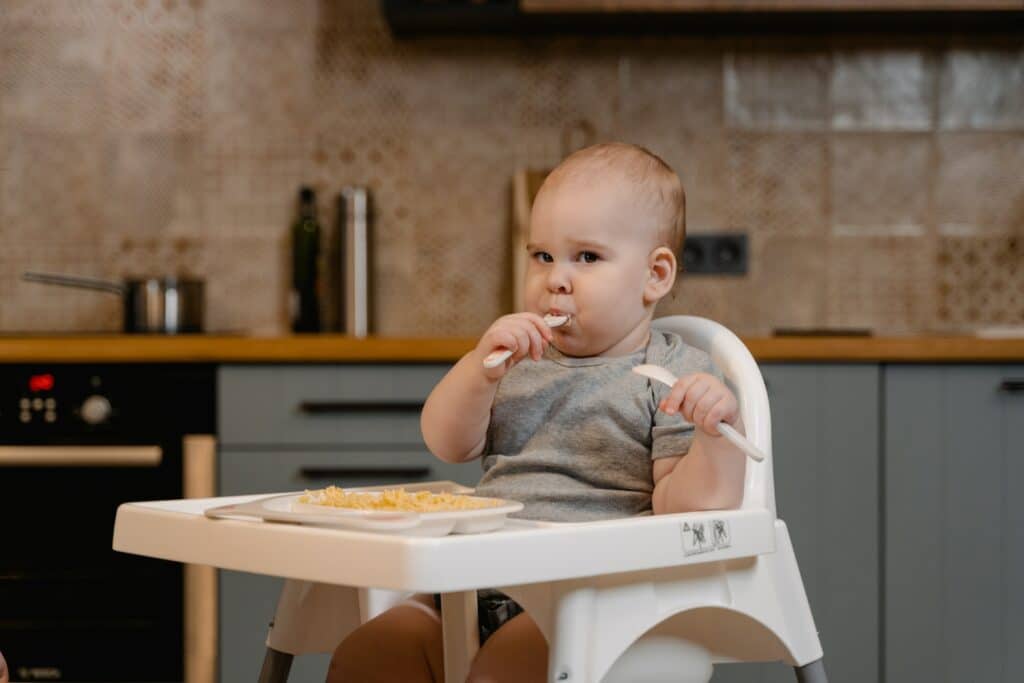
Table of Contents
Can babies eat Jello?
Jello can seem like a convenient snack option for your little one but have you ever looked closely at what’s in it?
Jello consists of mainly four ingredients: gelatin, water, sugar or artificial sweetener, and food coloring. Jello also contains very little protein, around 17 grams of carbs, and 17 grams of sugar.
However, the calories it does contain are empty calories so your child doesn’t receive any real nutrition by consuming Jello. At such a young age, babies need all of their calories to contain nutrients so their young bodies can grow and develop.
The American Heart Association advises against giving added sugar to babies or children under the age of 2 any added sugar. A snack cup of Jello contains 16 grams of added sugar, meaning the sugar is added when the food is processed.
Another concern with giving an infant Jello is the risk of choking. Jello is an incredibly sticky substance due to the gelatin it contains, which can cause it to clump together. If your child doesn’t properly chew the Jello, one of these large clumps could be swallowed and potentially cause your child to choke.
Can babies eat sugar free Jello?
Sugar-free Jello may seem like a healthier alternative to its sugary counterpart.
However, the chemicals added to replace the original sugar can be worse than the sugar itself. Manufacturers aren’t required to disclose how much artificial sweetener is used in their products, so it can be hard to know how much of these artificial sweeteners you are feeding your child.
Even though you want to avoid unnecessary sugar in your baby’s diet, products that claim to be sugar-free are not always a better alternative.
Is Jello safe for babies?
Jello is a high sugar snack with little nutritional value. Not to mention, it could potentially be a choking hazard for younger babies.
Consuming too much sugar can affect your child’s mood and behavior. It can also increase their risk of developing insulin resistance, pre-diabetes, or Type 2 Diabetes. As children under two are advised to stay away from any added sugars in their diet, it is best to stay away from Jello completely until your child is at least two years of age, and then only allow them to eat it in moderation.
Is Jello a choking hazard for babies?
Jello should not pose much of a choking risk for children over one who are able to eat most table foods and chew their food properly.
Jello may pose more of a choking risk to babies under one because of the gelatinous nature of the snack. The gelatin in the product can cause it to clump together. If a baby swallows a large bite without chewing correctly, there’s a chance the Jello could lodge in their throat.
What is the nutritional content of Jello?
Each individual jello cup contains 70 calories, 1 gram of protein, 40 mg of sodium, 17 grams of sugar, and 17 carbohydrates. It contains no fat, Vitamin D, calcium, iron, or potassium.
In short, Jello holds no nutritional value for your baby. While adults may be able to “waste” 70 calories on a treat like Jello, your little one needs all of their calories to contain nutrients that aid in development.
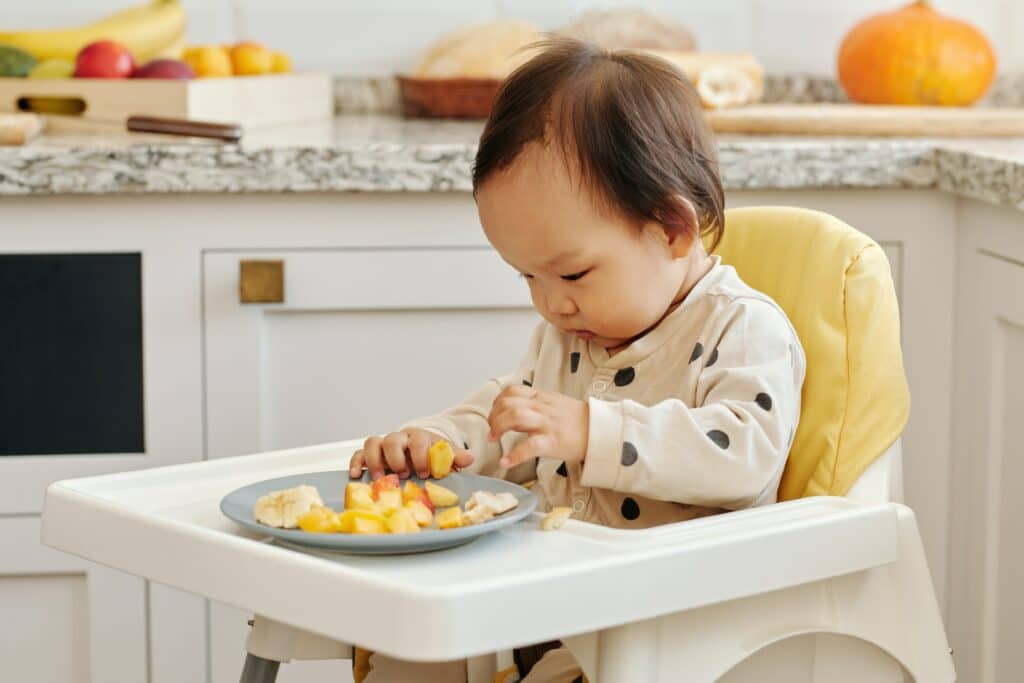
At what age can babies eat Jello?
As a parent, you may have wondered when can babies eat Jello? According to the American Heart Association, children younger than 24 months of age should not be given any added sugars in their diet, meaning they should not be given any food that has sugar added during processing.
Considering your typical Jello snack cup contains 17 grams of sugar with 16 of those grams coming from added sugar, Jello should probably be avoided until after two years of age.
After your child is two years old, you can then start to give snacks or foods with added sugars sparingly.
Can a six-month-old eat Jello?
A six-month-old baby is just learning how to eat and likely only has a few, if any, teeth.
You may be tempted to give your little one some Jello since it can seem like a food that’s easy to eat. While there aren’t any clear-cut guidelines on what age is safe to give a baby Jello, six months old is probably too young for a couple of reasons.
First, since Jello is a sticky substance it has a tendency to clump together. At that age, a baby doesn’t always gum or chew their food correctly and there’s a chance that your baby could choke.
Secondly, it’s not a great choice for a six-month-old because of the sugar content. Not only does Jello not have any nutritional value, but also 16 of its 17 grams of sugar come from added sugar. It’s not recommended for children under the age of 2 to have any added sugar in their diet.
Can a one-year-old eat Jello?
A typical one-year-old has mastered eating finger foods and is probably able to gobble down most of what is put in front of them, provided the food is cut into small pieces.
While Jello likely won’t pose a choking hazard for your one-year-old, it still isn’t the best snack option. Jello has no nutritional value and contains nothing but empty calories. At this point in your child’s life, their body will be using nutrients from all the calories they consume to help them thrive and grow.
Considering that 16 out of the 17 grams of sugar in a typical Jello cup snack come from added sugar, there are much healthier alternatives to feed your child.
Can a two-year-old-old eat Jello?
The American Heart Association recommends that kids ages two and older have less than 25 grams (or 6 teaspoons) of added sugar per day to maintain a healthy heart.
A Jello cup usually contains somewhere around 16 grams of added sugar. Provided your two-year-old doesn’t eat any other sugary snacks or drink a lot of fruit juice, there’s nothing wrong with giving them some Jello as an occasional treat.

Healthier homemade “Jello”
The problem with limiting Jello is that kids of all ages seem to love it. It’s cool, refreshing, fun to eat, and comes in a rainbow of colors.
As a healthier alternative to store-bought Jello, consider making a homemade version like this recipe from One Lovely Life. (Please remember, honey should never be given to infants under 12 months of age due to the risk of botulism.)
Healthy Homemade Jello Recipe by One Lovely Life
You need:
- 4 c juice
- 2 Tbsp unflavored beef gelatin
- 2 Tbsp honey or agave (optional – do not use honey if child is under one year)
Directions:
- Add ½ – ¾ cup of the juice to a bowl or liquid measuring cup and sprinkle with gelatin powder.
- Whisk together to combine and allow to sit for 3-5 minutes until the juice thickens.
- Pour the remaining juice into a medium saucepan. Heat over medium heat until almost boiling.
- Remove from heat and stir in honey and the juice mixture. Stir to dissolve.
- Pour into an 8×8″ (2 quart) baking dish for thicker squares or a 9×13″ baking dish for thin, or into individual glasses or jars for individual portions.
- Refrigerate for about 4 hours, or until set.
Frequently Asked Questions (FAQs)
Can babies eat Jello?
While Jello may seem like a food that’s easy to eat, it contains a lot of sugar and presents a choking risk for young babies. It’s best for babies under two years old to avoid eating Jello.
Is Jello safe for babies to play with?
Jello can provide little ones with a fun sensory experience. Even though Jello isn’t great for babies to eat, you can use it with sensory activities for babies around six months old or older. If you’re concerned about the ingredients or your baby eating some of it, you can make your own Jello with healthier ingredients.
Is it safe to give a 1 year old Jello?
Your one-year-old is unlikely to choke on Jello, but it still isn’t a healthy option because of the high amounts of sugar. If you want a healthier alternative, you can use your own recipe to make something similar without the artificial ingredients.
Conclusion
Jello seems like one of the most fun food for kids to eat. It’s bright, colorful, and yummy–but it also contains a lot of sugar and has no nutritional value. If your child is old enough to eat Jello, it’s okay to give it to them as an occasional treat. However, it’s important to limit the amount of sugar your child eats, so you might try making a healthier alternative at home.

